Waking up to the news of today's world might, at times, feel defeating. The environmental setback and damages caused by demands for more production to satisfy our world population's ever-growing need, push the limits of nature. We are sacrificing health for wealth. I feel as if our work as conservationists and lovers of the ocean is nothing but a small drop in the sea and will never make a difference. It is hard at times to read about one victory and ten defeats; everywhere we turn, we read about the extinction of species every minute, ravaging of land, plastic pollution doomed to outnumber the fish in the ocean, and the list continues.
How do we move forward when it feels like we are always being pulled back?
Waking up to the news of today's world might, at times, feel defeating. The environmental setback and damages caused by demands for more production to satisfy our world population's ever-growing need, push the limits of nature. We are sacrificing health for wealth. I feel as if our work as conservationists and lovers of the ocean is nothing but a small drop in the sea and will never make a difference. It is hard at times to read about one victory and ten defeats; everywhere we turn, we read about the extinction of species every minute, ravaging of land, plastic pollution doomed to outnumber the fish in the ocean, and the list continues.
How do we move forward when it feels like we are always being pulled back?
Cristina and pups on the beach. "Every time I go to the beach with my pups I select a stretch to clean up. Every little action helps."
To keep motivated, I follow a simple story, one of the star thrower by Loren Eiseley. If you have never read it, I invite you to do so. In a simple sentence, it teaches us that each action we complete will affect something or someone around us, and if each one of us thought and acted that way, it would slowly change the world or at least make a world of difference for the one affected by our actions.
That story is my inspiration to remove hooks from sharks' mouths when I see them. I have worked with sharks in the wild for the last twenty-five years in the same location on the south shore of Grand Bahama island. They are a group of Caribbean Reef sharks of about twenty individuals and five to six nurse sharks. The group is stationary on the reef stretch and composed primarily of females with a few males coming in and out on occasion. Other male sharks live on the nearby reef but never go into the interactive dives.
To keep motivated, I follow a simple story, one of the star thrower by Loren Eiseley. If you have never read it, I invite you to do so. In a simple sentence, it teaches us that each action we complete will affect something or someone around us, and if each one of us thought and acted that way, it would slowly change the world or at least make a world of difference for the one affected by our actions.
That story is my inspiration to remove hooks from sharks' mouths when I see them. I have worked with sharks in the wild for the last twenty-five years in the same location on the south shore of Grand Bahama island. They are a group of Caribbean Reef sharks of about twenty individuals and five to six nurse sharks. The group is stationary on the reef stretch and composed primarily of females with a few males coming in and out on occasion. Other male sharks live on the nearby reef but never go into the interactive dives.
Hooks are already a problem for sharks but when they have a 6" one pound lure, the weight causes drag and increases the damage where the hook is embedded. It also can tangle with corals and other features, with the risk of tangling the shark and creating further damage. It is very important that I try to remove those as soon as possible.
I recognize each of them, and I know how many years I have been working with them. Some of my older girls have been here for nearly thirteen years, some come and go as they please, and some only show up once to never come back. It's a vast world out there, and each one of them decides what to do. Some people say I have developed a special relationship with them. I feel they know me and recognize me; we spend several hours per day together.
Their size varies from the smallest at four feet to the biggest at nearly nine feet. We measure them using laser photogrammetry and record their size and growth rate through time. I have named them according to identifying details on their bodies, fins, or eyes. One of the hardest parts of recognizing individual sharks is detecting a unique feature of the animal that won't disappear and heal with time, leaving the sharks without an ID. Their skin heals incredibly well and fast. The names I give are not the most flattering ones. Jokingly my friends tell me that I cannot help them pick a name for their children. Hook, Crook, Stumpy, Scrunchy, Foggy Eye, and Black Spot do not carry dreamy names; however, they are identifiable by even the newest of divers. I hope that if people can identify the sharks as individuals, as creatures, each one different from the other, that it will allow them to feel closer to each animal and ready to learn more about sharks in general. Through my work, I want to create a connection and understanding. We have been able to elevate a polar bear's status to care for animals; I want to reach the same for sharks.
I recognize each of them, and I know how many years I have been working with them. Some of my older girls have been here for nearly thirteen years, some come and go as they please, and some only show up once to never come back. It's a vast world out there, and each one of them decides what to do. Some people say I have developed a special relationship with them. I feel they know me and recognize me; we spend several hours per day together.
Their size varies from the smallest at four feet to the biggest at nearly nine feet. We measure them using laser photogrammetry and record their size and growth rate through time. I have named them according to identifying details on their bodies, fins, or eyes. One of the hardest parts of recognizing individual sharks is detecting a unique feature of the animal that won't disappear and heal with time, leaving the sharks without an ID. Their skin heals incredibly well and fast. The names I give are not the most flattering ones. Jokingly my friends tell me that I cannot help them pick a name for their children. Hook, Crook, Stumpy, Scrunchy, Foggy Eye, and Black Spot do not carry dreamy names; however, they are identifiable by even the newest of divers. I hope that if people can identify the sharks as individuals, as creatures, each one different from the other, that it will allow them to feel closer to each animal and ready to learn more about sharks in general. Through my work, I want to create a connection and understanding. We have been able to elevate a polar bear's status to care for animals; I want to reach the same for sharks.
When I arrive at the site this is how the sharks swim to me and around me. As they come in I recognize them by their features and know them by name. Notice how all of them swim against and around me but none attempt to bite.
I call these sharks my babies; they are part of my family. I love sharks, but I love these even more. I look forward to seeing them, and I worry when I don't see them. I hope that the world will be able to see them as the amazing animals they are. They are living dinosaurs who have survived five different massive extinctions. My sharks are the ambassadors for many sharks not fortunate enough to live in protected waters, such as the one of The Bahamas, a shark sanctuary since 2011. They are the carriers of my work, and my desire to see most sharks protected.
I call these sharks my babies; they are part of my family. I love sharks, but I love these even more. I look forward to seeing them, and I worry when I don't see them. I hope that the world will be able to see them as the amazing animals they are. They are living dinosaurs who have survived five different massive extinctions. My sharks are the ambassadors for many sharks not fortunate enough to live in protected waters, such as the one of The Bahamas, a shark sanctuary since 2011. They are the carriers of my work, and my desire to see most sharks protected.
I normally name my sharks after their physical appearances, to make them easily recognizable by the public. Steph is the exception.
I love seeing them coming towards me as I submerge, I love watching their shadows cast over the bright sand on a beautiful sunny Bahamas day, I love following their life cycles, seeing who is pregnant, who is giving birth, who is growing. These are my sharks, and I love them. For that reason, I remove the hooks they have. Like Caribbean Reef sharks, sharks won't give up the opportunity of a free meal, and they become a menace for fishers trying to catch traditional fish. Many of the hooks the sharks ended up with were not meant for them, but quite a lot left me wondering what the target was. When I talk about removing hooks, I receive feedback stating that I should let the hooks rust. Anyone who tried to argue the "natural process" of a man introduced object degrading in an animal's body or flesh, needs both a lesson in biology and empathy.
I love seeing them coming towards me as I submerge, I love watching their shadows cast over the bright sand on a beautiful sunny Bahamas day, I love following their life cycles, seeing who is pregnant, who is giving birth, who is growing. These are my sharks, and I love them. For that reason, I remove the hooks they have. Like Caribbean Reef sharks, sharks won't give up the opportunity of a free meal, and they become a menace for fishers trying to catch traditional fish. Many of the hooks the sharks ended up with were not meant for them, but quite a lot left me wondering what the target was. When I talk about removing hooks, I receive feedback stating that I should let the hooks rust. Anyone who tried to argue the "natural process" of a man introduced object degrading in an animal's body or flesh, needs both a lesson in biology and empathy.
Everyday I witness the damaging effects of the hooks in the sharks' bodies and it breaks my heart. That's the reason why I decided to start removing them.
I remove hooks from my sharks the same way I want to remove a thorn from my pup's paw. It is the same desire to alleviate the pain of someone I love. We can all agree that if someone contested the same attitude for a hook inside the lip of a dog or cat, we would scream in horror at the animal cruelty unfolding before our eyes. I desire to expand that gut-wrenching feeling to the harm we are doing to sharks with our presence in the ocean. The hooks become the symbol of my work. I keep them in a red box I received as a gift when I was invited to visit China to educate about shark finning. I collect them one at the time, and collectively they change people's perception of sharks as creatures who can feel, fear, and hurt.
I remove hooks from my sharks the same way I want to remove a thorn from my pup's paw. It is the same desire to alleviate the pain of someone I love. We can all agree that if someone contested the same attitude for a hook inside the lip of a dog or cat, we would scream in horror at the animal cruelty unfolding before our eyes. I desire to expand that gut-wrenching feeling to the harm we are doing to sharks with our presence in the ocean. The hooks become the symbol of my work. I keep them in a red box I received as a gift when I was invited to visit China to educate about shark finning. I collect them one at the time, and collectively they change people's perception of sharks as creatures who can feel, fear, and hurt.
The hooks I have removed from the sharks through the years, a symbol of the damage we can cause to our environment, but also an example of how each one of us can do something to reverse it. I received the box as a gift when I was invited to visit China to help local famous people campaign against shark fin soup. It's my box of hope!
I receive daily messages requesting to help me remove hooks. To help sharks, we do not need to go out there and try to remove hooks. On the contrary, I highly discourage people from trying this without experience and proper protective gear. Still, we can each use the power of our unique abilities to make a difference. We need to become aware of the gifts we each possess to find our starfish. Later in the story Eiseley comes back with this sentence "after us there will be others". It is a reminder about our duty to create a legacy, to stop being observers, giving us the power to change current circumstances.
I receive daily messages requesting to help me remove hooks. To help sharks, we do not need to go out there and try to remove hooks. On the contrary, I highly discourage people from trying this without experience and proper protective gear. Still, we can each use the power of our unique abilities to make a difference. We need to become aware of the gifts we each possess to find our starfish. Later in the story Eiseley comes back with this sentence "after us there will be others". It is a reminder about our duty to create a legacy, to stop being observers, giving us the power to change current circumstances.
I train local people in the profession of scuba diving, opening new opportunities, and creating stewards for their own environment. I am always organizing cleanups; in this case we removed massive tangled nets stuck on the top of the shallow reef.
Conservation comes in many different ways, from direct action, through science, and through art, photography, and writing. Think globally and act locally, as I do with the work with my sharks. We can start working in our community to change laws affecting sharks as direct catch or bycatch. We can create educational and outreach programs, reaching the younger generations, we can talk to restaurants and food stores about changing the fish they serve based on safe seafood guidelines (seafoodwatch.org), change the way we consume, use less plastic and find alternative products to reduce our carbon footprint. With every small action, our vision becomes stronger and we become actors of our future.
Conservation comes in many different ways, from direct action, through science, and through art, photography, and writing. Think globally and act locally, as I do with the work with my sharks. We can start working in our community to change laws affecting sharks as direct catch or bycatch. We can create educational and outreach programs, reaching the younger generations, we can talk to restaurants and food stores about changing the fish they serve based on safe seafood guidelines (seafoodwatch.org), change the way we consume, use less plastic and find alternative products to reduce our carbon footprint. With every small action, our vision becomes stronger and we become actors of our future.
Cristina Zenato has been a diving professional for the last twenty-five years with a focus on exploration, education and conservation. A proud member of the Women Divers Hall of Fame, The Explorers Club, the Ocean Artists Society and a Platinum Pro5000 recipient, she uses her extensive experience to advocate for marine species and ecosystems and to educate the next generation of ocean stewards. Learn more about her work at cristinazenato.com

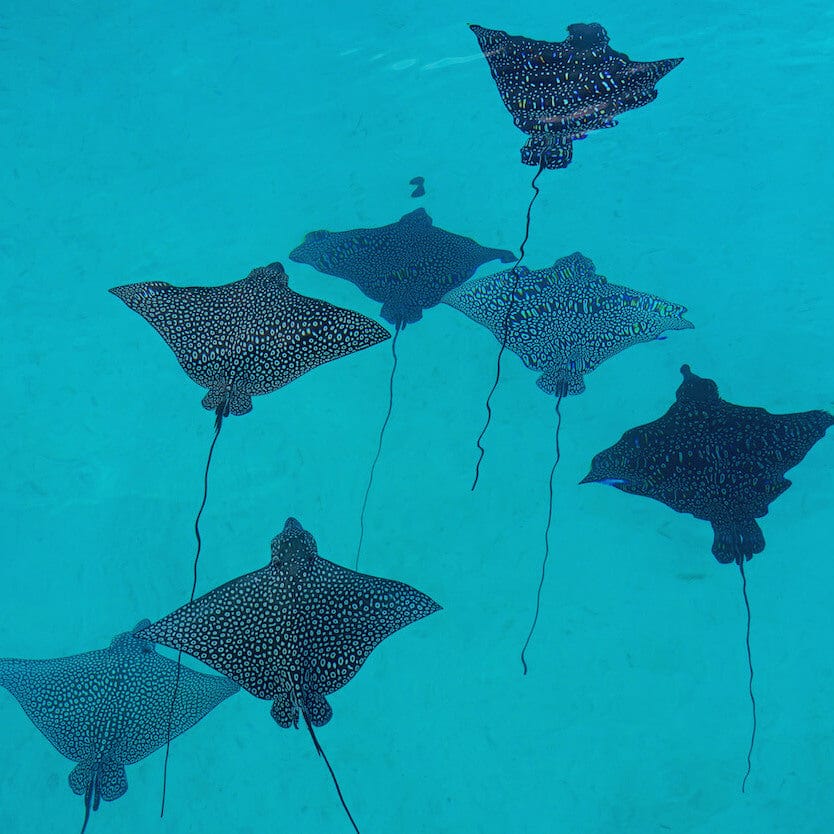
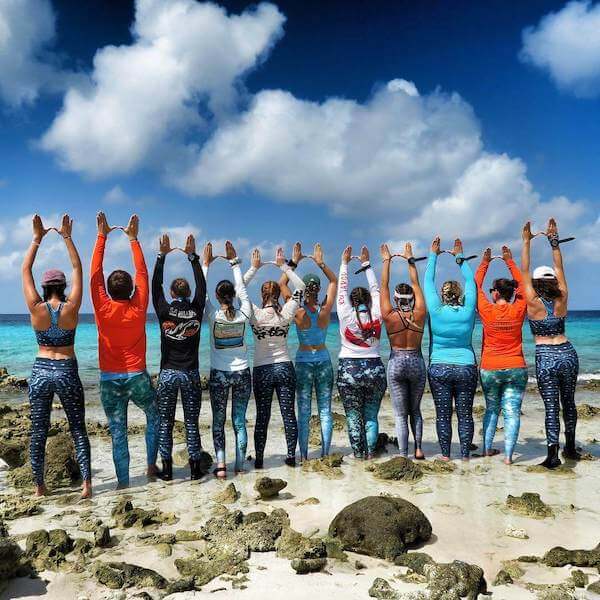
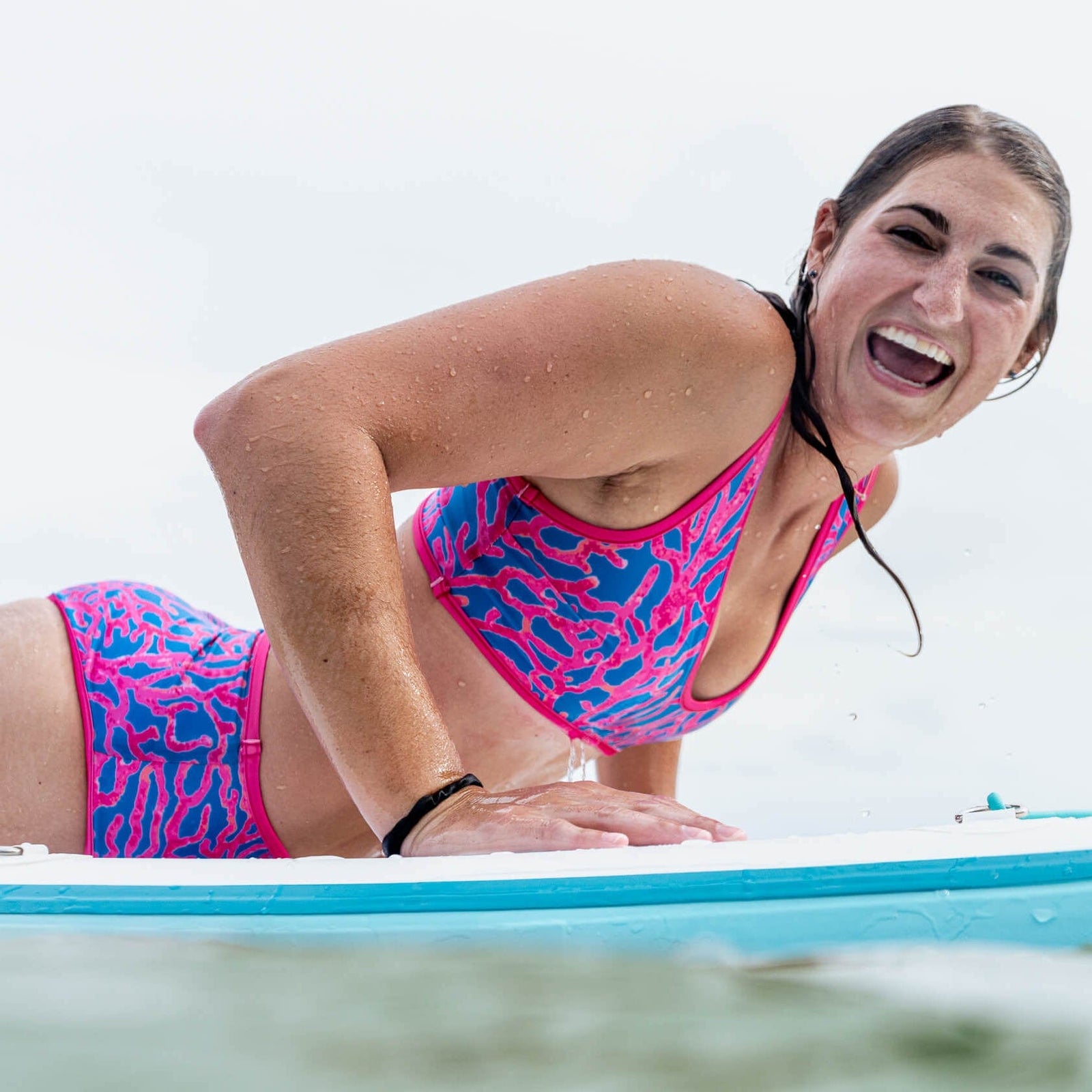
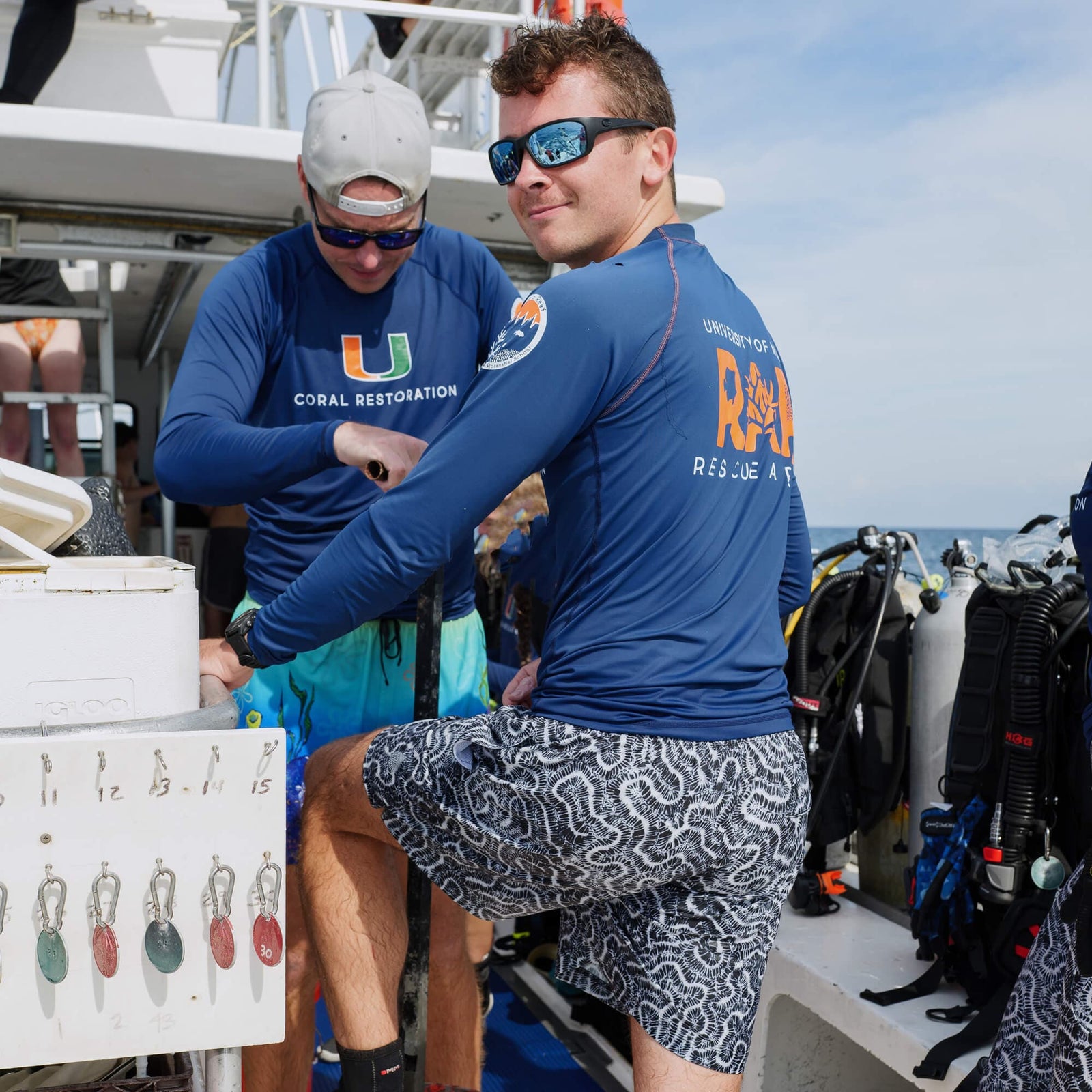
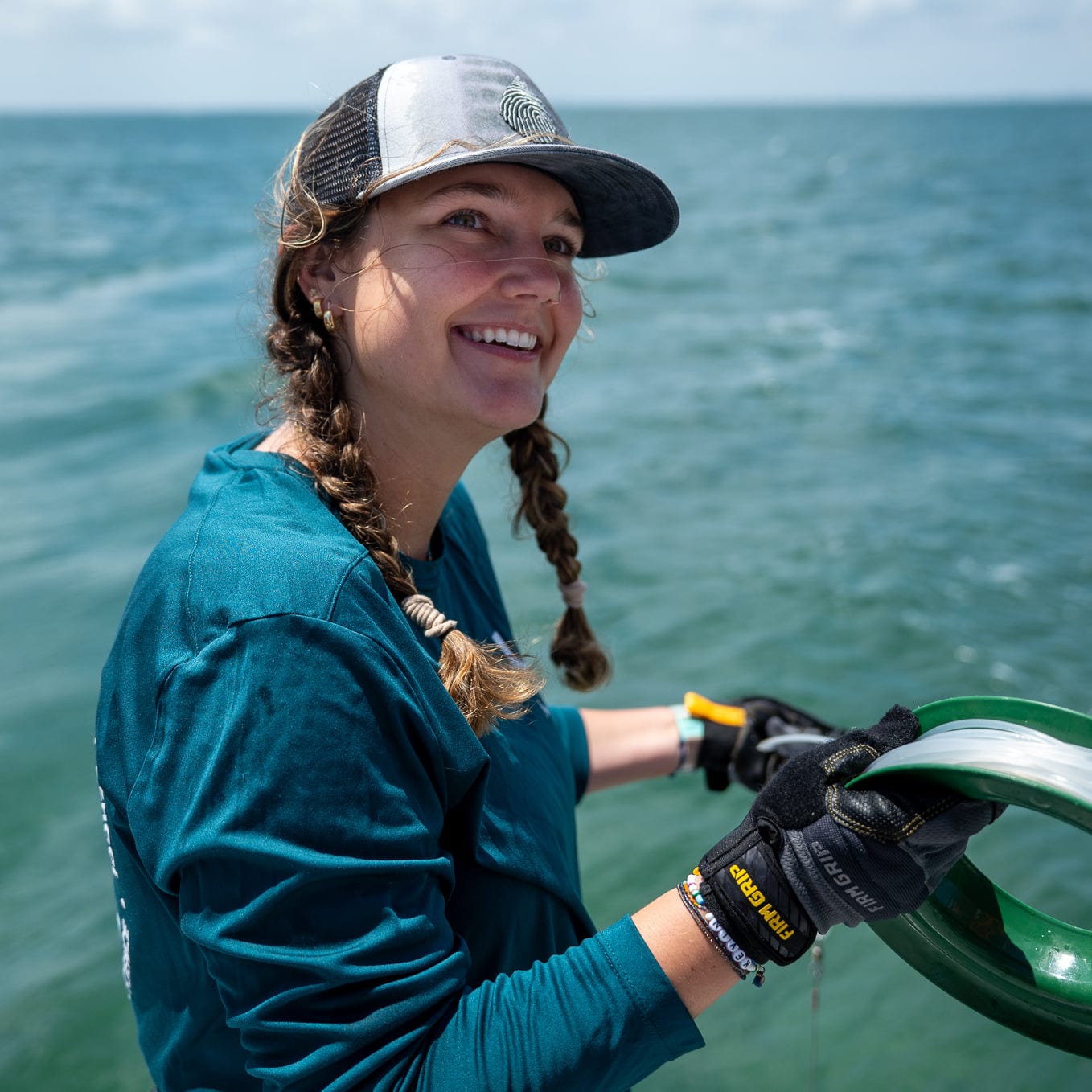
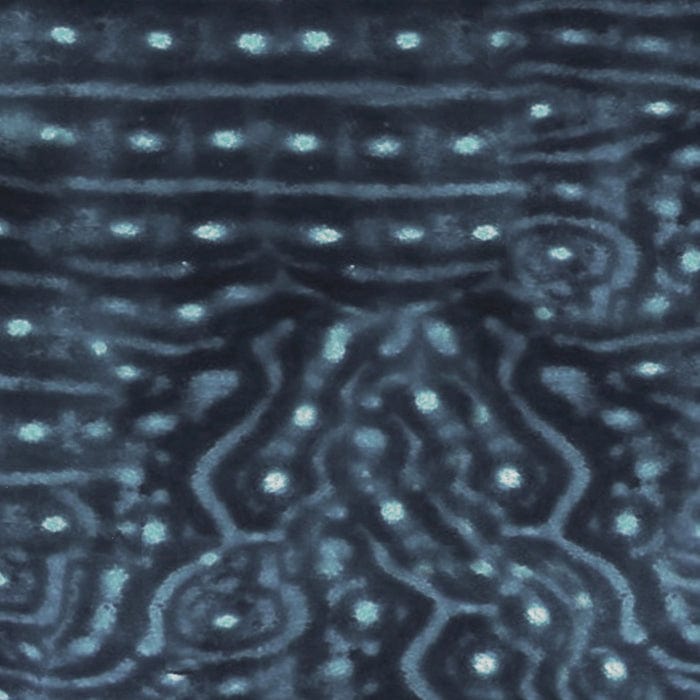
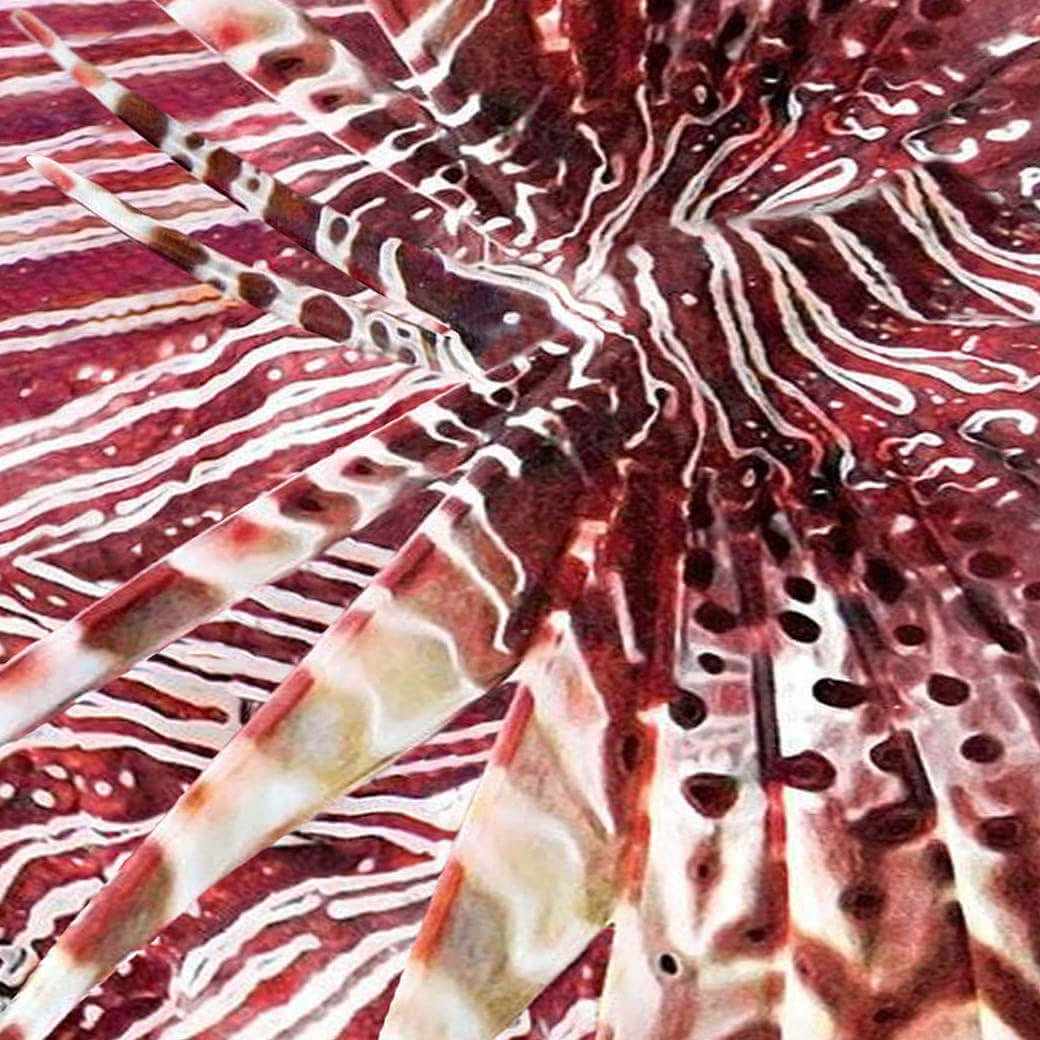
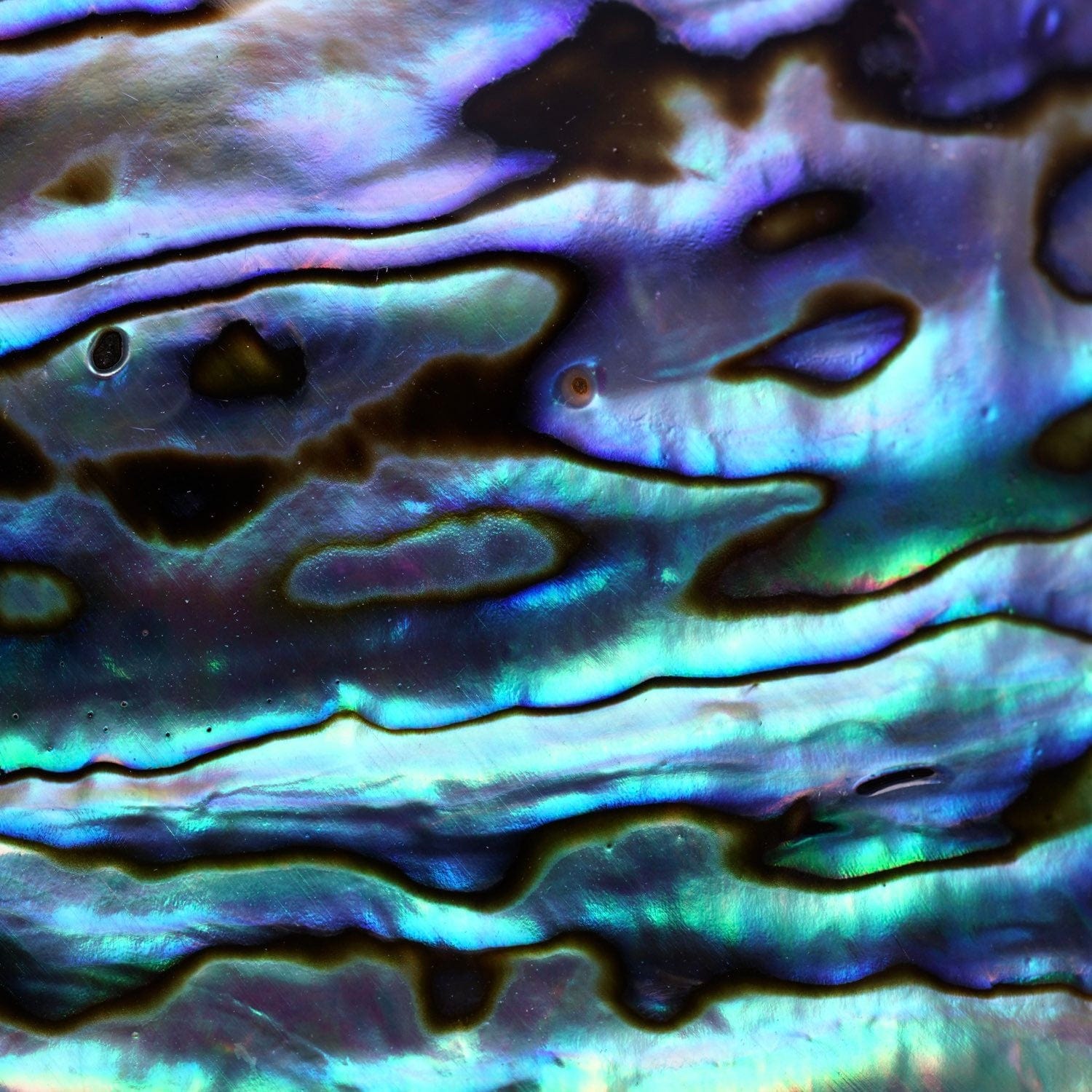
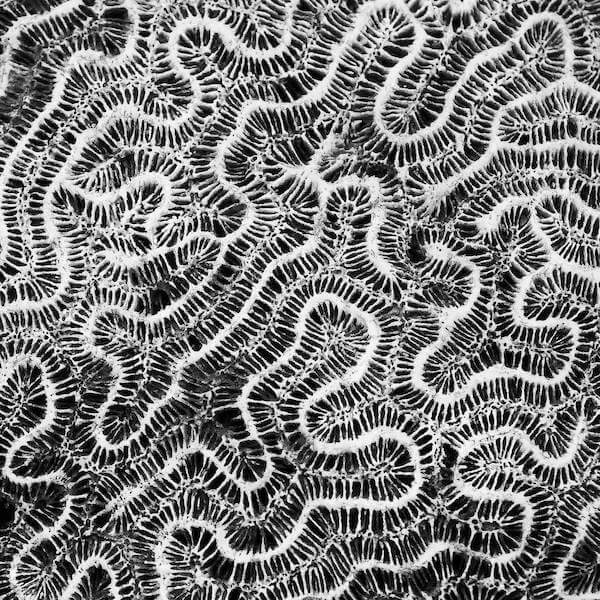
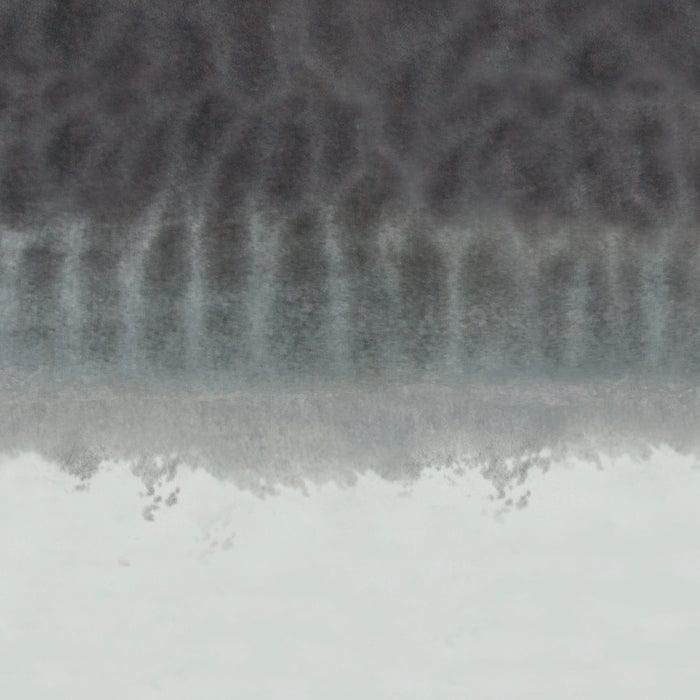
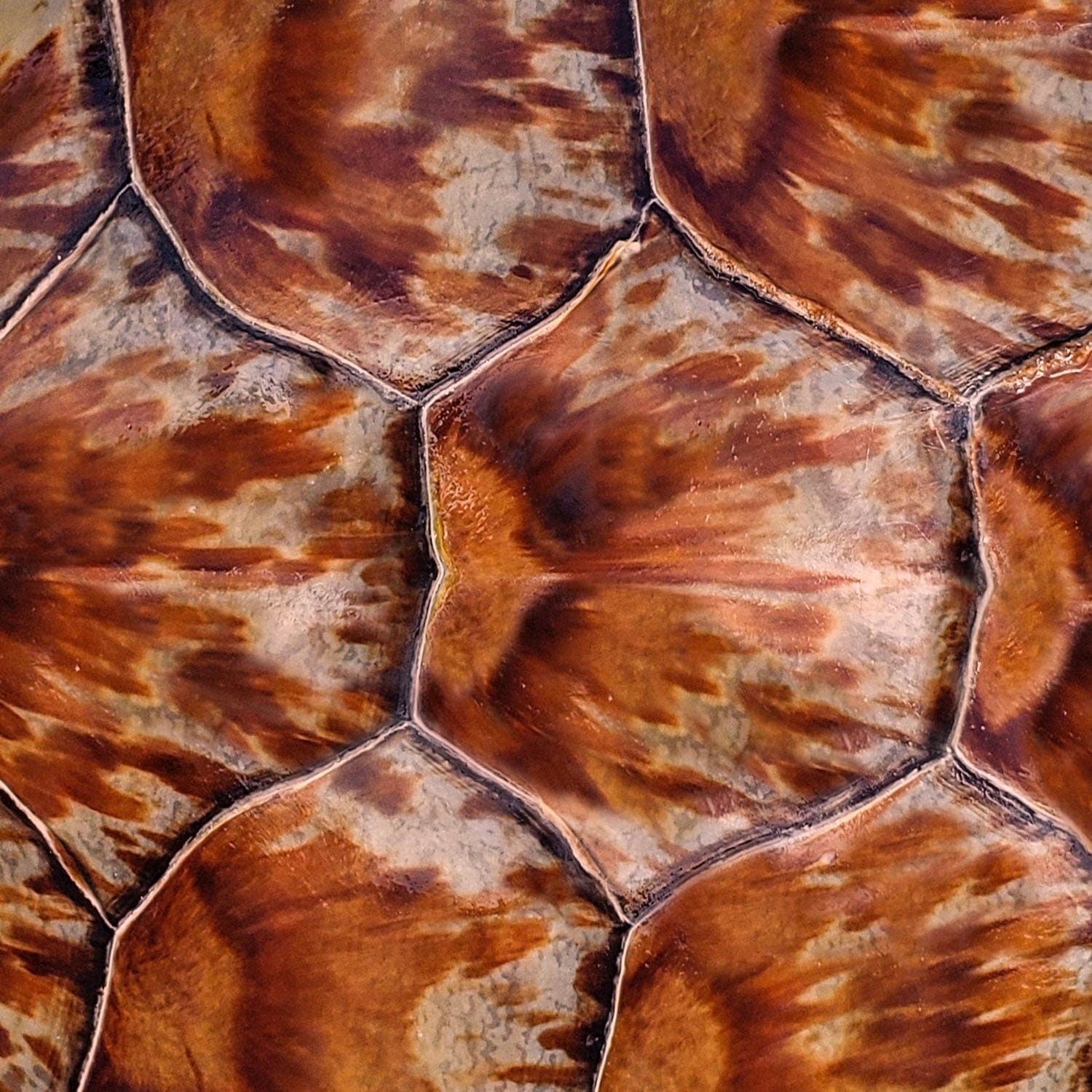
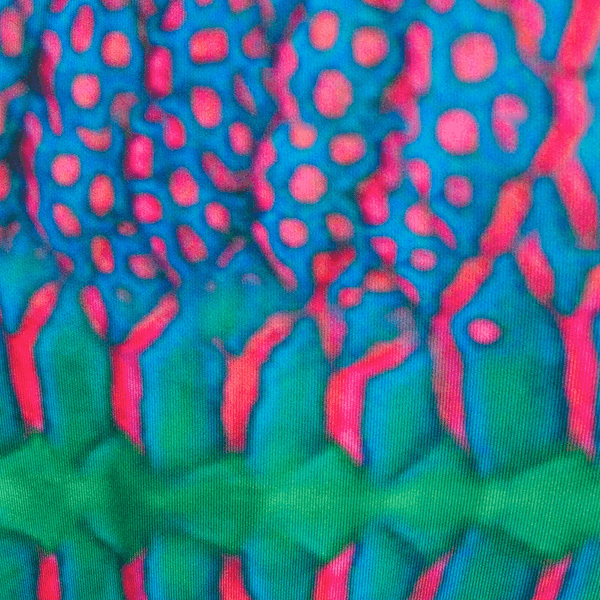
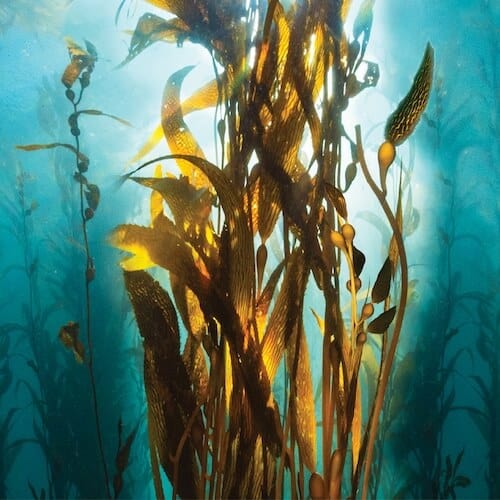
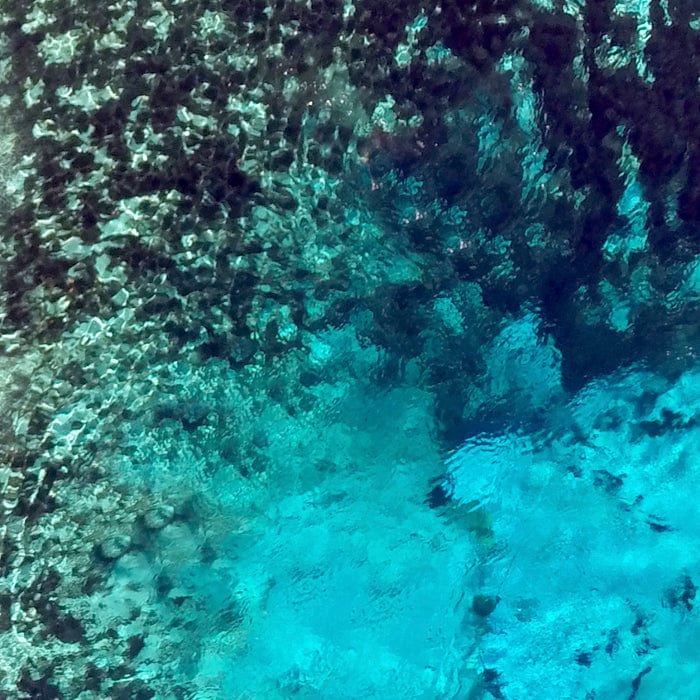
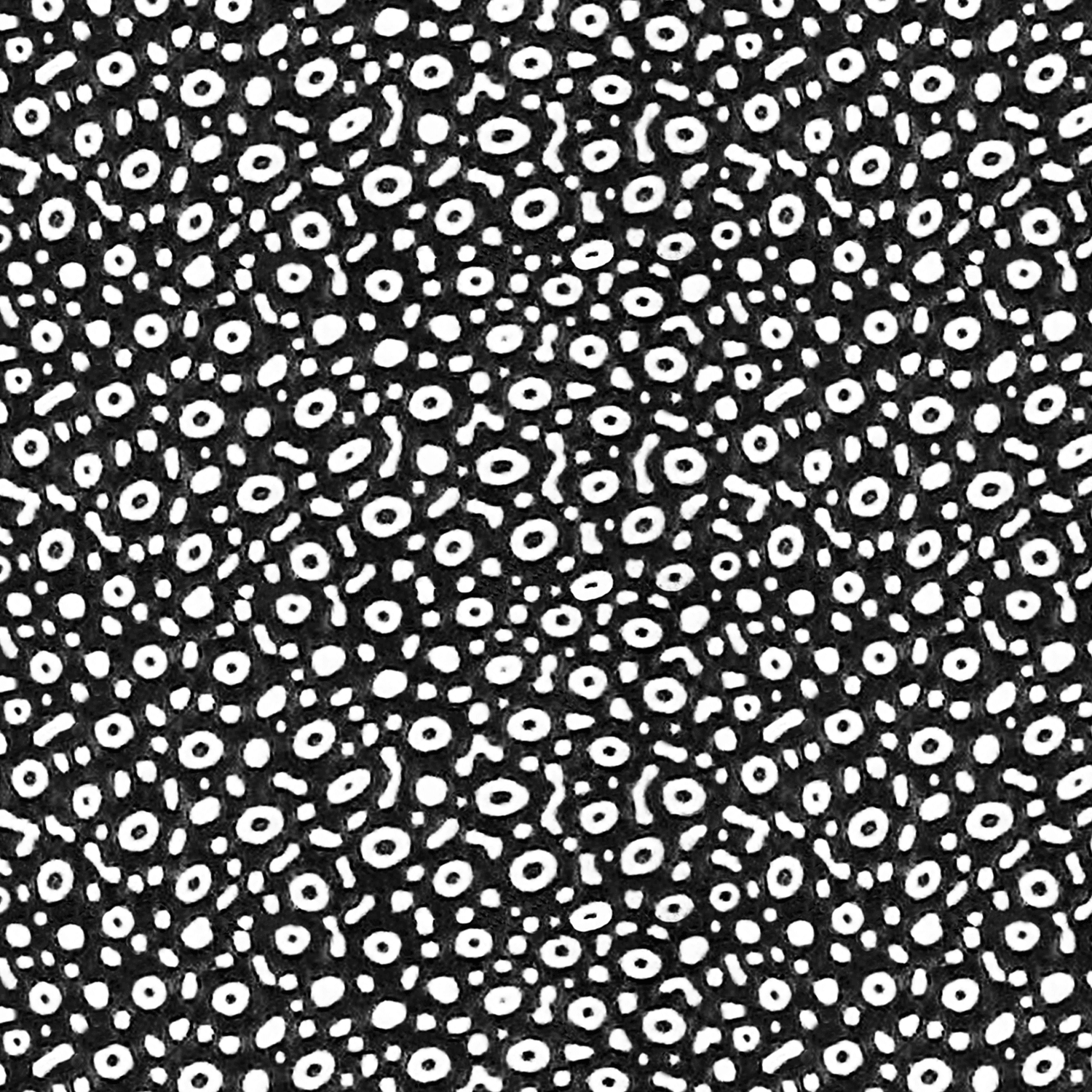
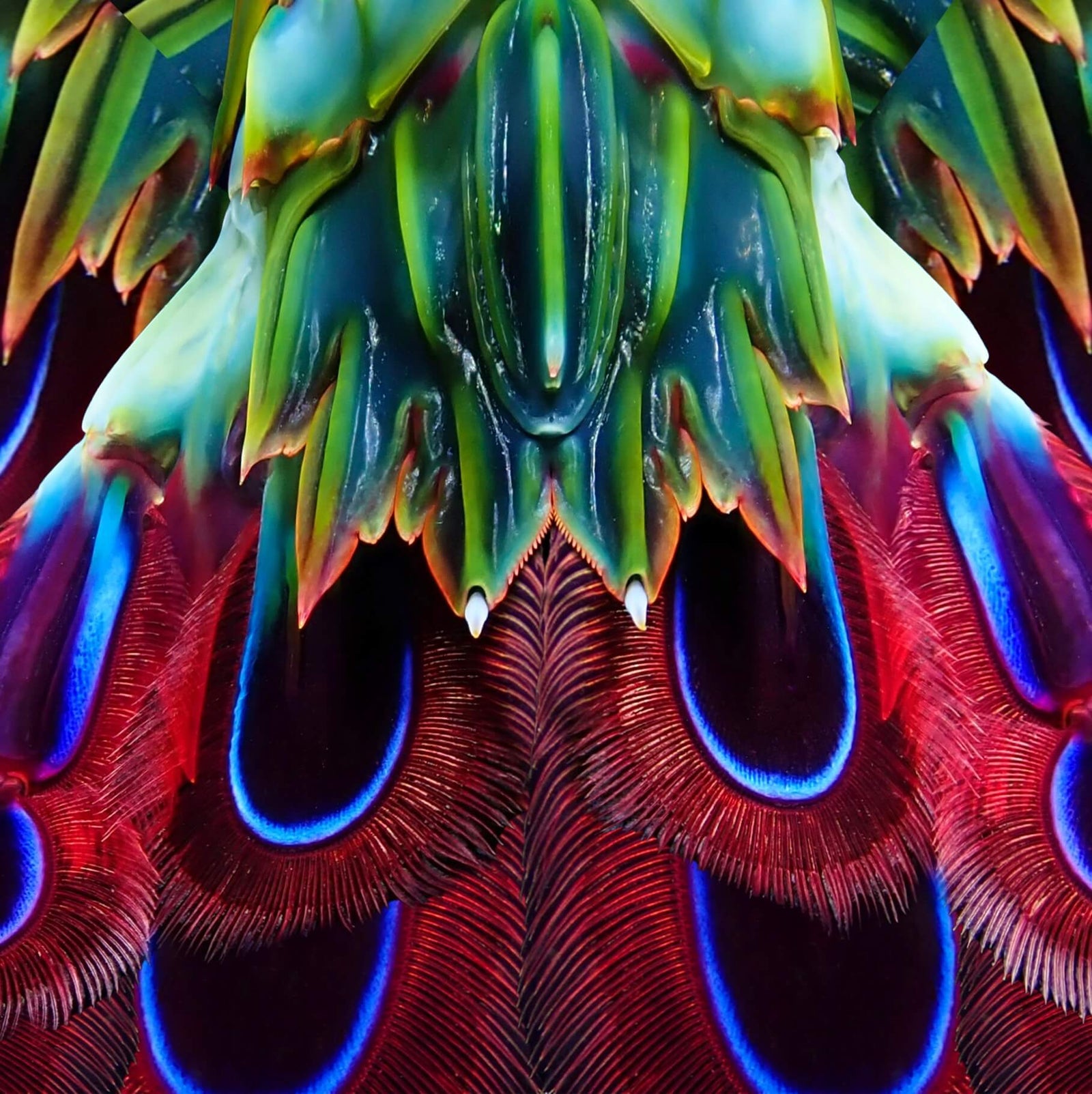
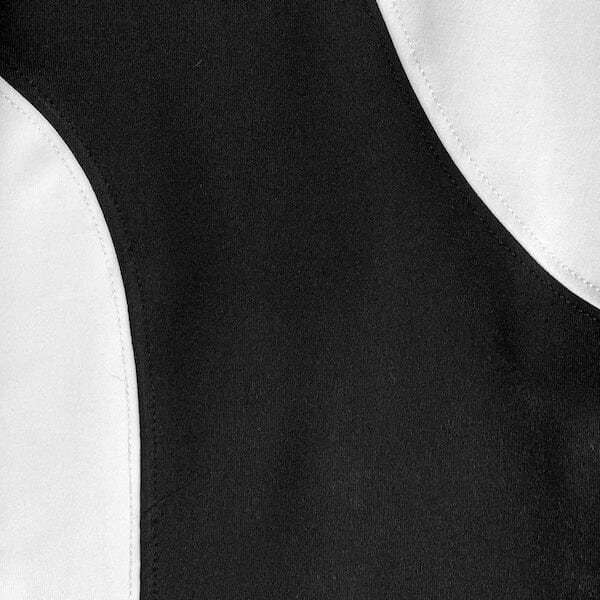
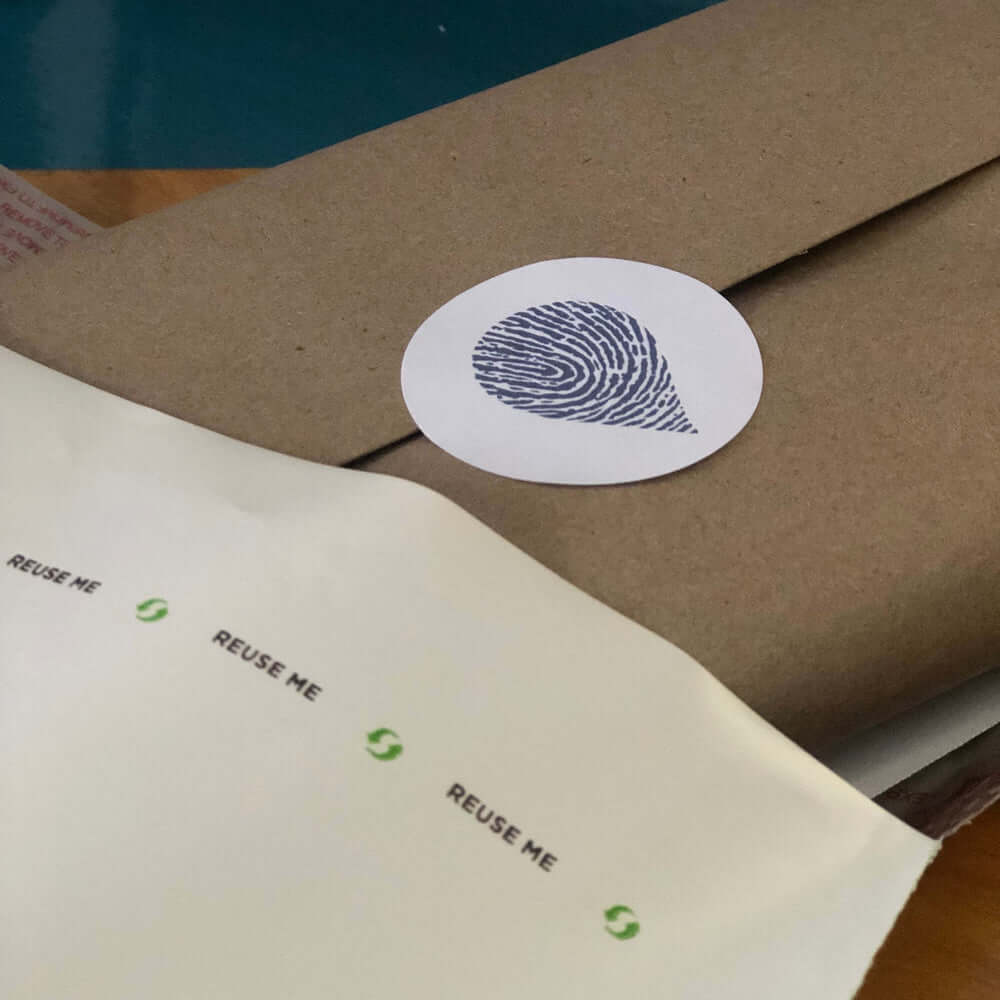
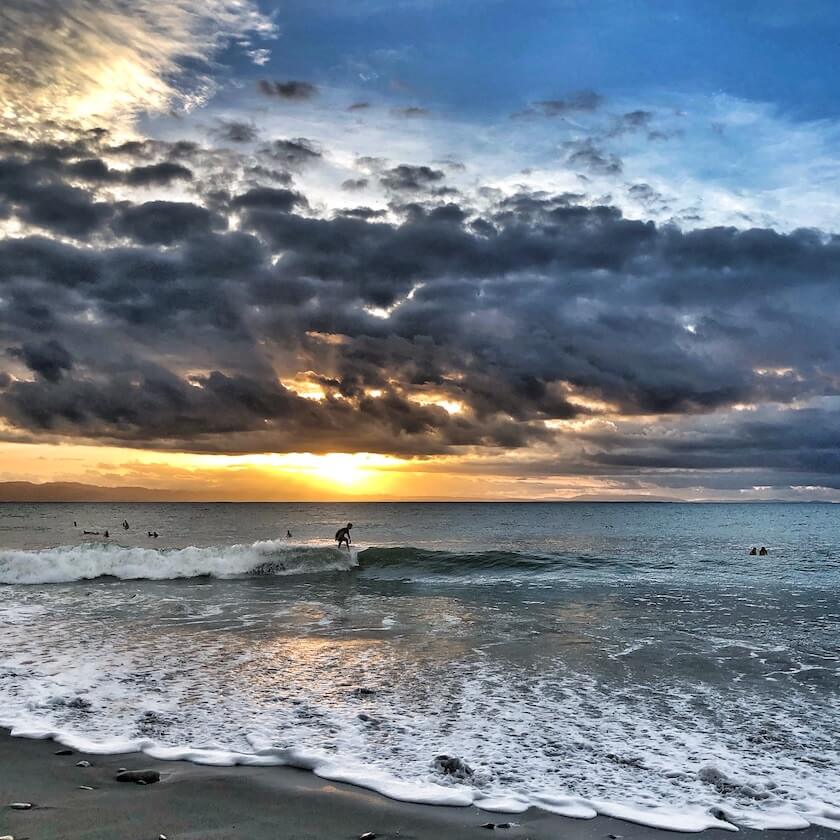
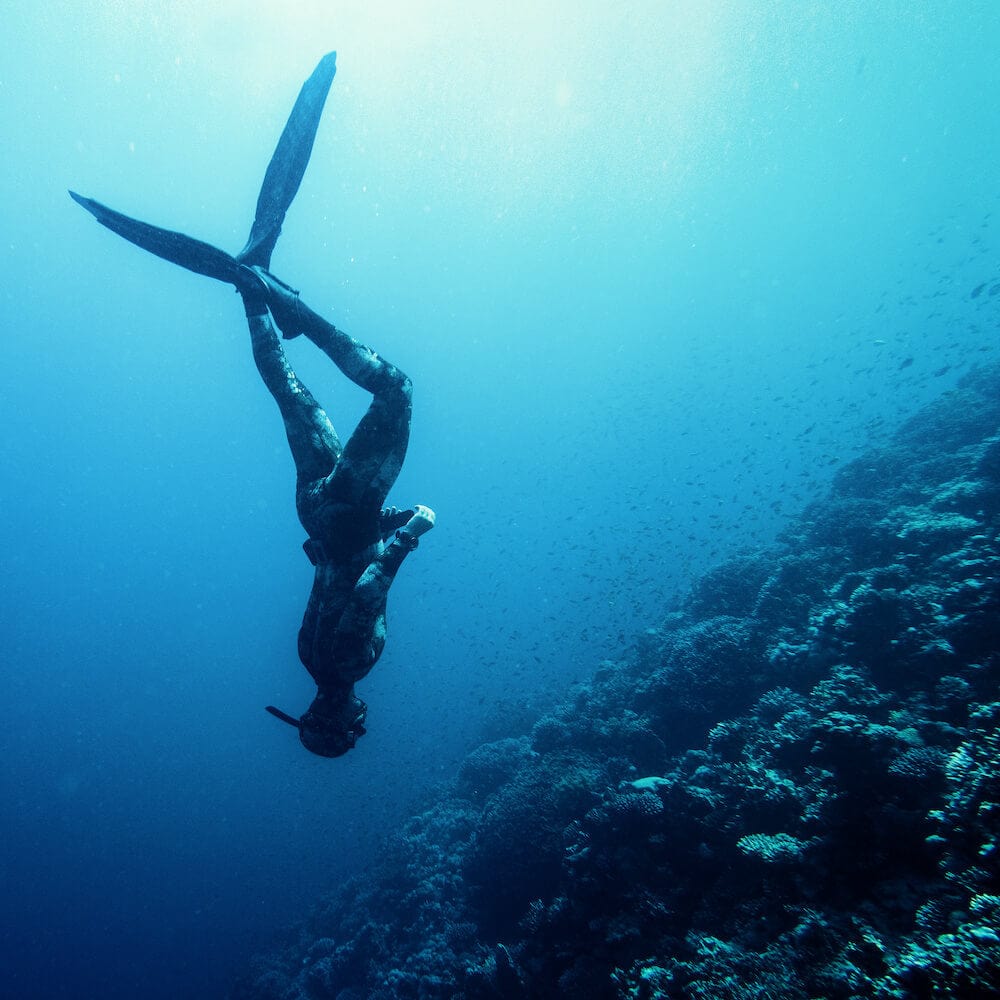
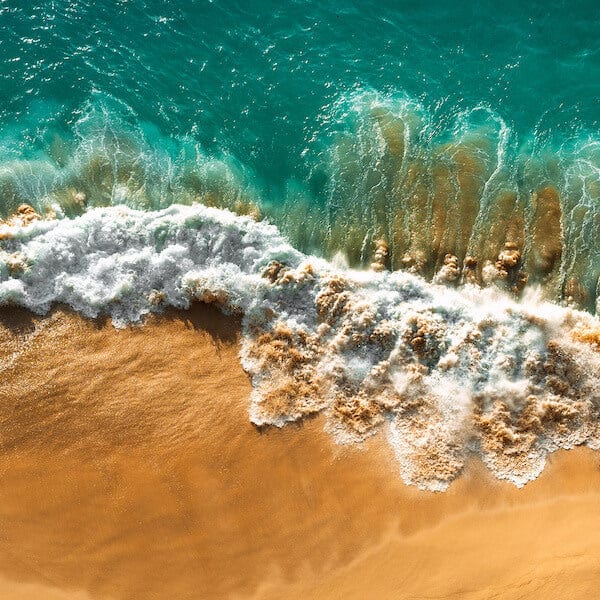
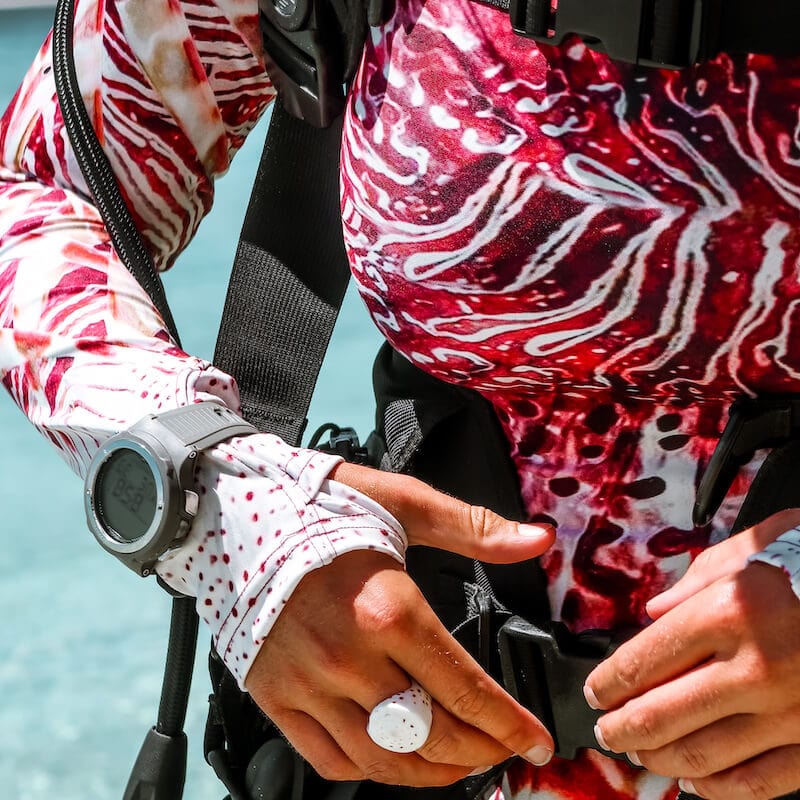
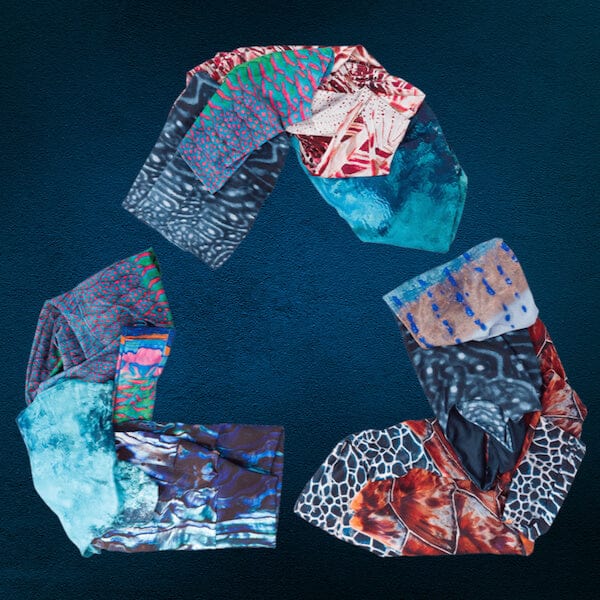
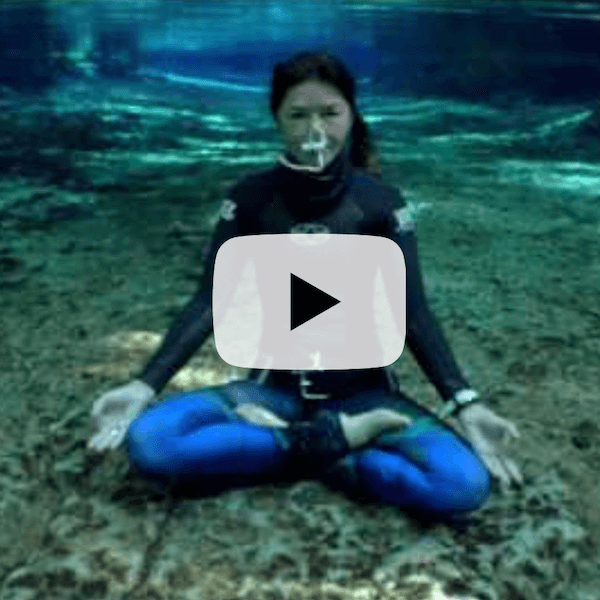
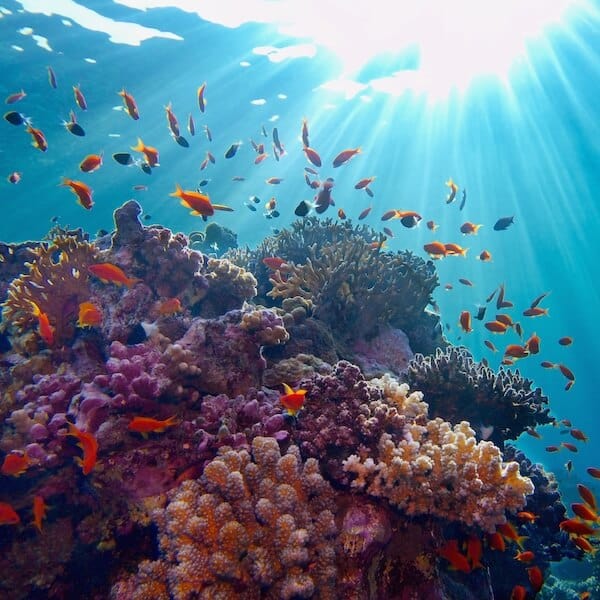
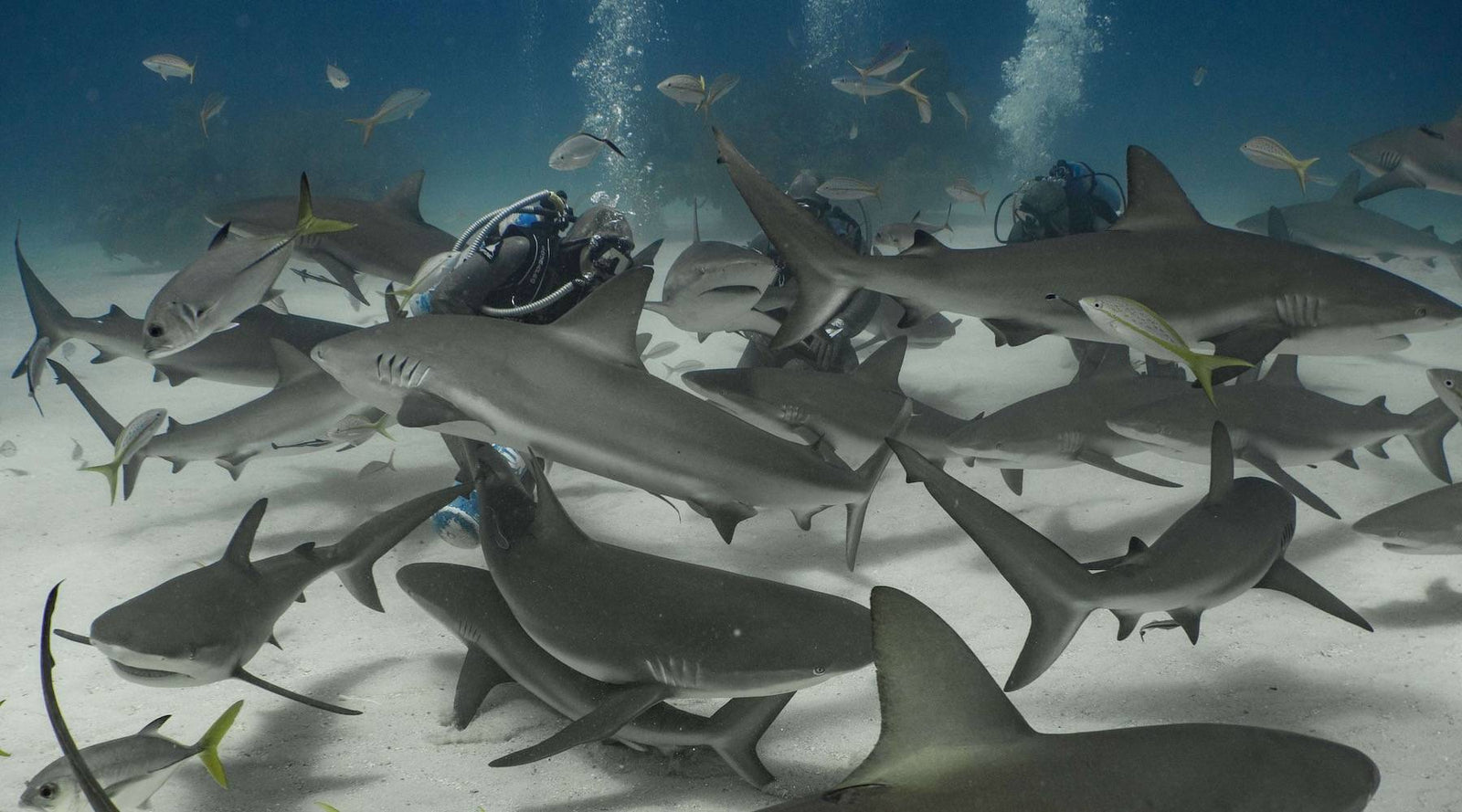
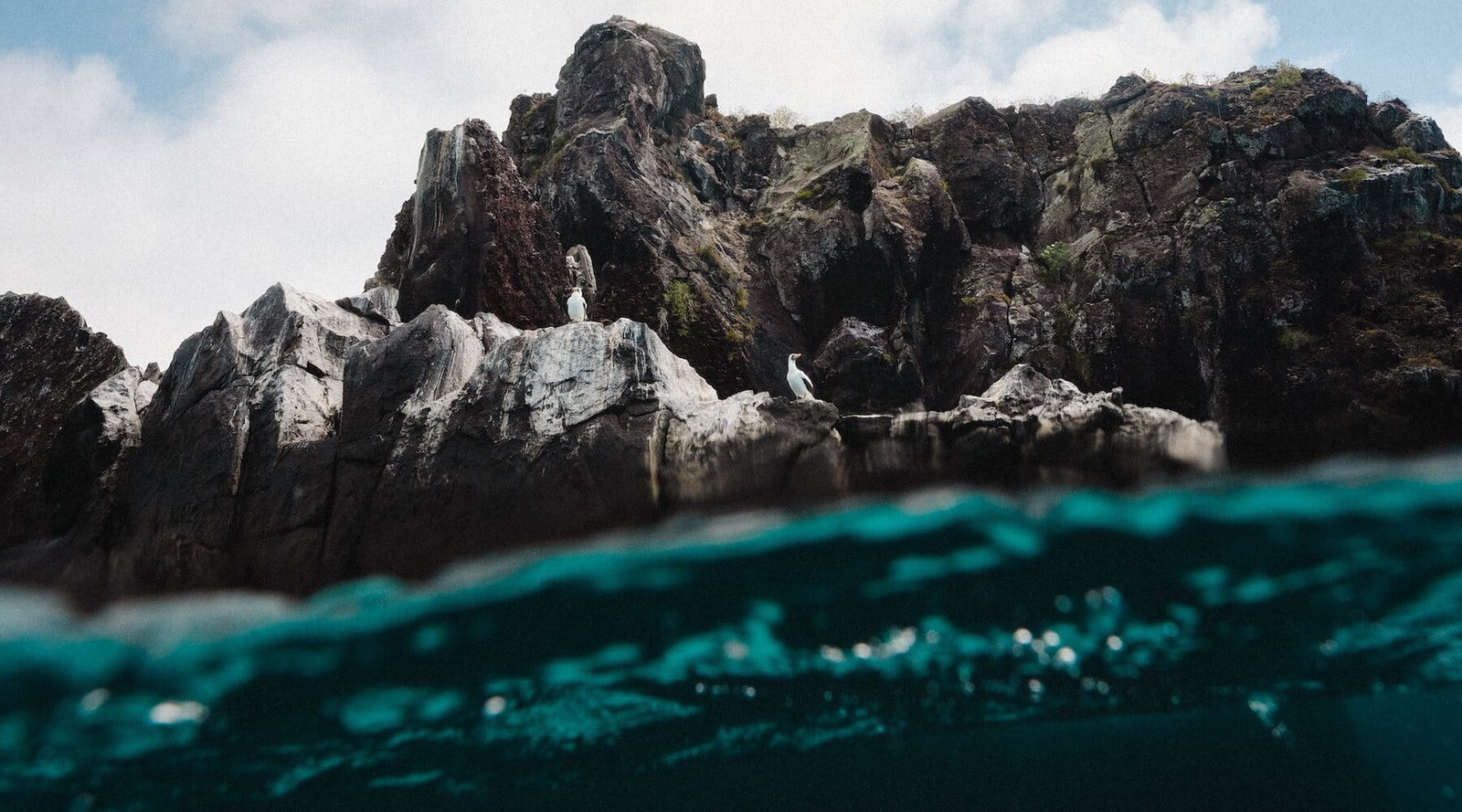
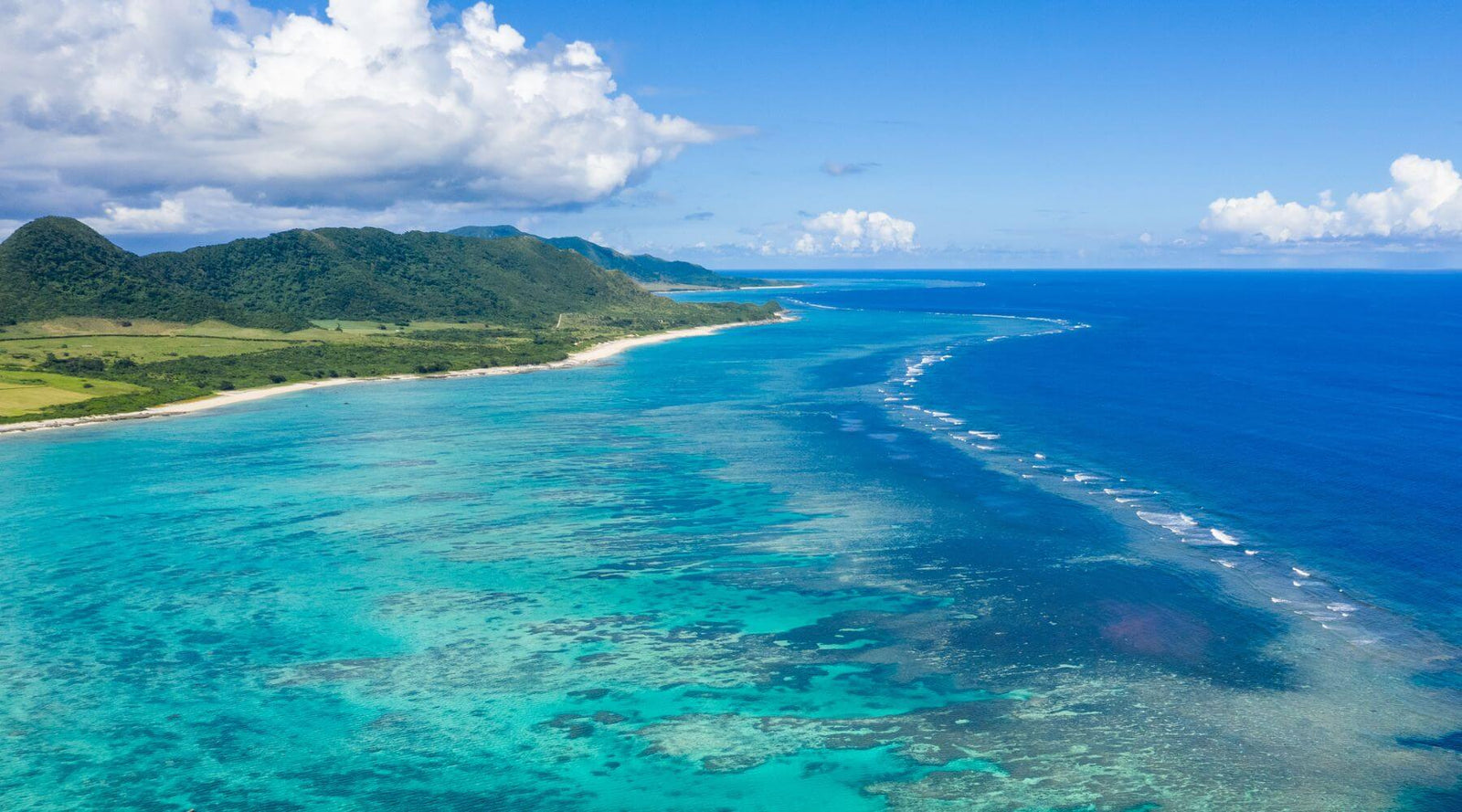
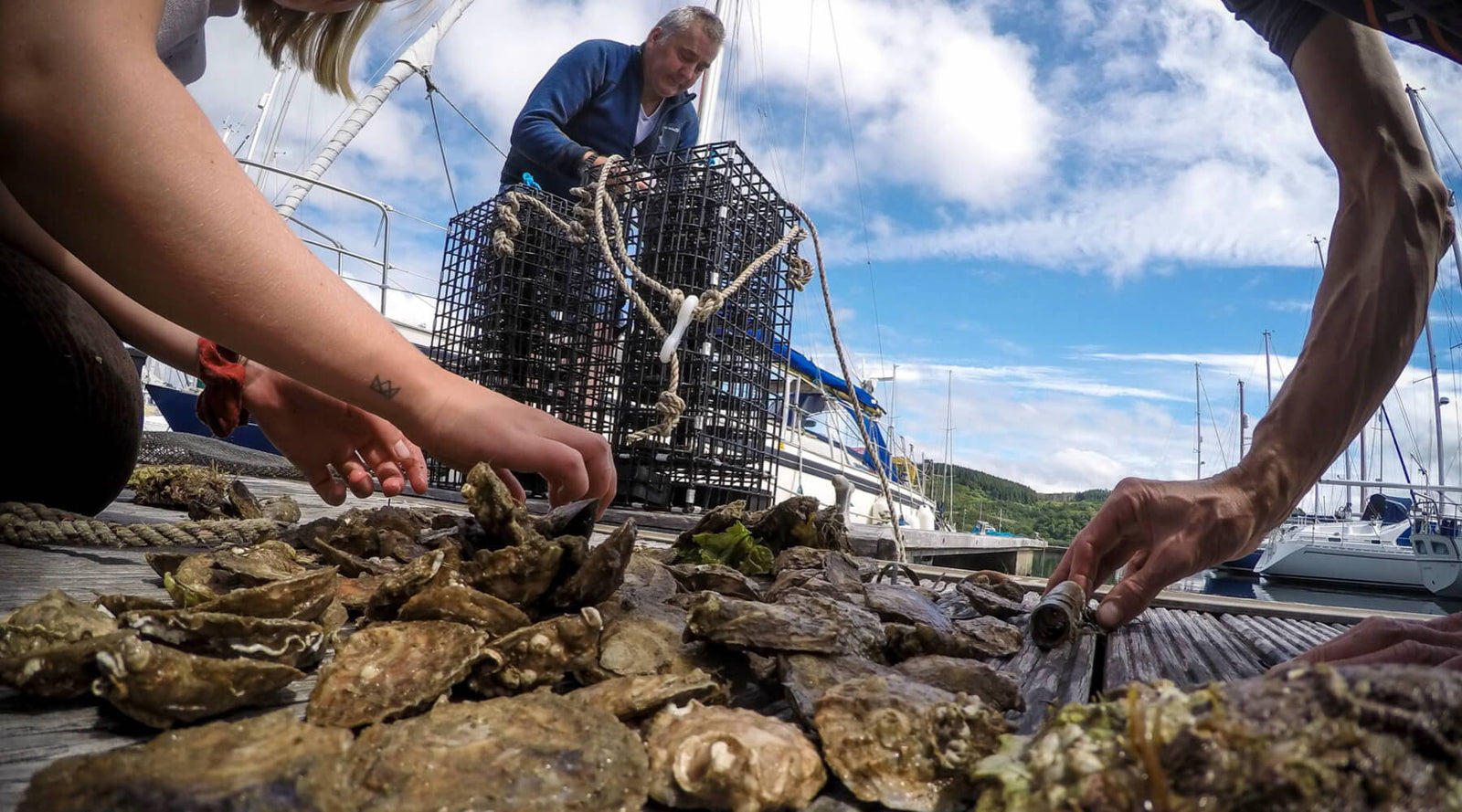
Claudette Dorsey
September 20, 2020
Thank you, Cristina, for doing good and bearing witness. I continue to admire your work and passion for life on earth.